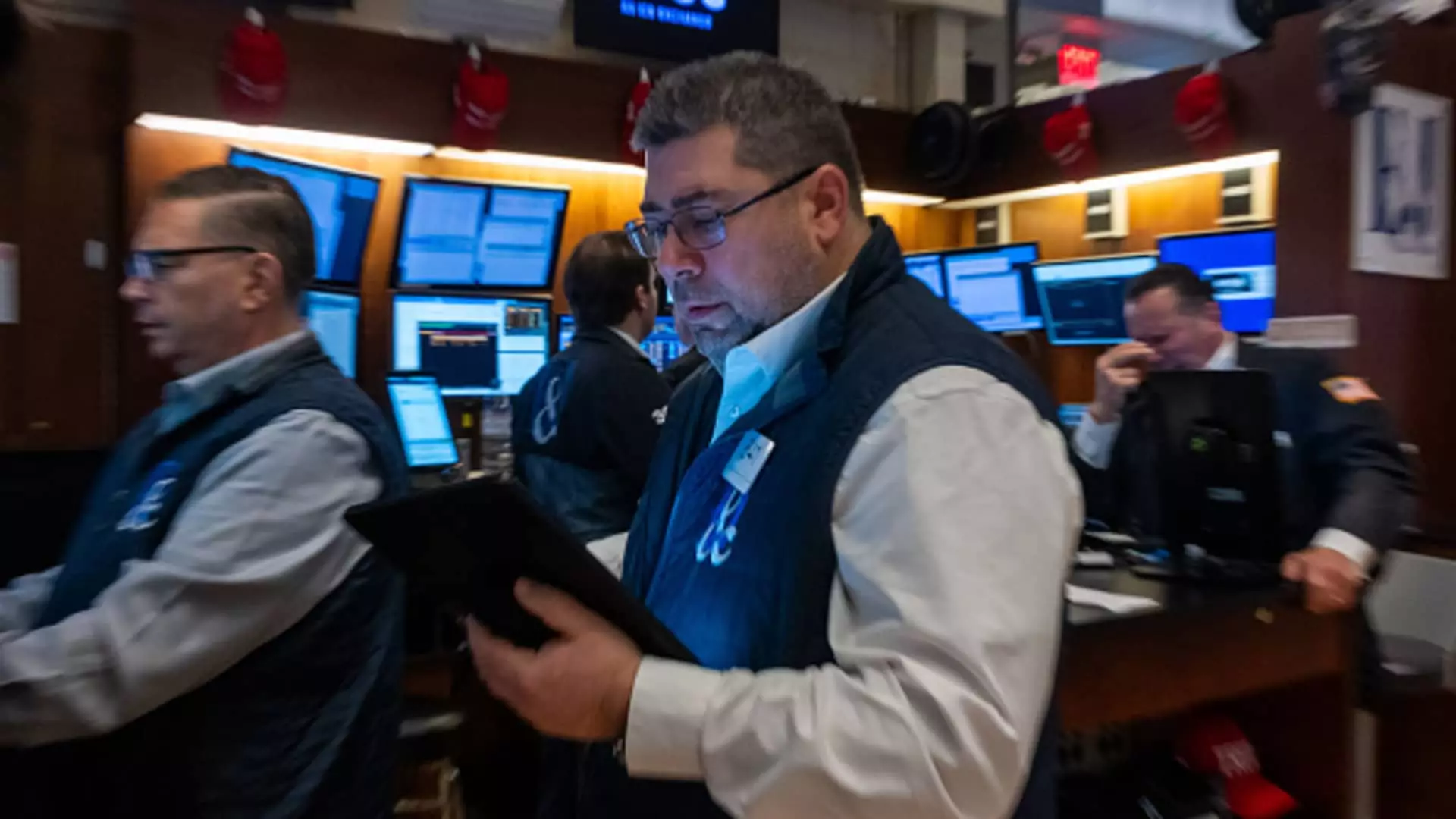In recent years, the financial markets have witnessed remarkable shifts driven by a surge in trading activities. A significant component of this change is the growing interest in leveraged and inverse exchange-traded funds (ETFs), which allow investors to make aggressive bets in both bullish and bearish market sentiments. These sophisticated financial instruments have gained traction particularly among retail investors seeking to capitalize on short-term movements, making them a focal point in discussions about market dynamics.
At the heart of leveraged and inverse ETFs is the application of financial derivatives, a practice that amplifies the returns on investments linked to underlying indices or stocks. For instance, a leveraged ETF designed to be twice as responsive means that if the market index increases by 1%, the ETF would ideally reflect a 2% rise. Conversely, an inverse ETF operates inversely; in a fluctuating market, a 2x inverse ETF would decline by 2% when the underlying index rises by 1%.
This design turns leveraged strategies into a double-edged sword, as their value is reset daily. Retail investors eager for quick gains often overlook the implications of this daily reset procedure, which can lead to unintended financial outcomes if held beyond one trading session. For example, consider a scenario where an investor holds a 2x leveraged addition to their portfolio over two days of market fluctuations. Instead of anticipated gains, the reality could present a loss, illustrating how a simple two-day scenario can distort expected performance through the compounding effect of resets.
The expanding sector of leveraged and inverse ETFs correlates with the overall rise in speculative trading behavior, enhanced by advancements in digital trading platforms. This ease of access has attracted a younger generation of investors, with reports indicating that a large percentage of those trading these ETFs are retail investors. Such a demographic shift not only showcases a societal shift towards more aggressive trading tactics but also indicates an intrinsic desire to leverage market volatility, often fueled by sensational news cycles and headlines.
Industry analysts suggest that this appeal is deeply rooted in the prevailing bull market, with the general uptrend of stock prices simplifying returns for those betting on short-term gains. Many retail traders, viewing these ETFs as a mechanism to harness market momentum, often participate without fully grasping the inherent risks—especially during volatile periods where losses can accumulate rapidly.
Statistical reports reveal the burgeoning popularity of leveraged and inverse ETFs within the broader ETF ecosystem. As of recent data, these products comprise a significantly larger share of total assets under management (AUM), expanding from 2% in 2016 to over 8% in 2023. The substantial growth in AUM showcases investors’ mounting interest despite the complicated nature of these products, highlighting either a refreshing eagerness to engage with financial markets or a critical lack of understanding regarding risks.
Prominent offerings such as ProShares UltraPro QQQ, which targets aggressive exposure to the Nasdaq 100, and other single-stock leveraged ETFs based on high-profile companies like Nvidia and Tesla, have amassed impressive capital. These funds are not only popular but also capture a growing segment of daily trading volumes—often appearing amongst the most actively traded ETFs.
Despite their allure, engaging in leveraged trading is fraught with challenges. Financial experts regularly caution that leveraged products are unsuitable for long-term investment strategies due to their need for acute market timing. An investor’s grasp of risk management is crucial; without understanding how daily resets and market volatility affect potential returns, losses can easily erode initial capital.
Todd Sohn, a seasoned analyst, emphasizes that investors should remain exceedingly vigilant when participating in leveraged trading, particularly as market conditions fluctuate. The narrative around these products often underplays the complexity of compounding returns, leading to an educational gap among retail investors regarding what long-term holding entails.
The growth trajectory of leveraged and inverse ETFs can’t be overlooked in today’s trading landscape. As these products continue to attract enthusiastic retail and institutional investors alike, their integration into everyday trading strategies suggests a paradigm shift in how investors perceive risk and reward. However, the complex nature of these instruments emphasizes the need for thorough knowledge and an awareness of market subtleties before committing capital to any aggressive trading portfolio. With profound potential rewards come equally significant risks, making education and caution paramount for anyone navigating this intricate financial arena.

